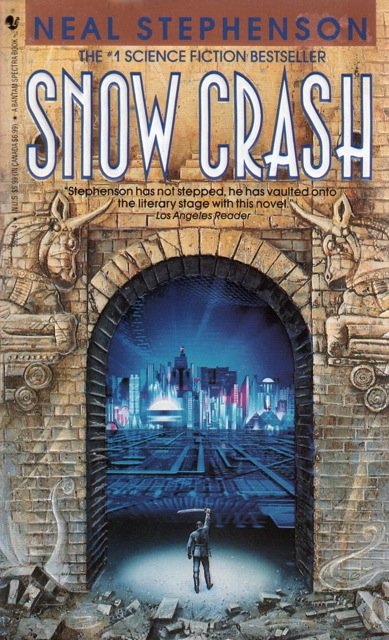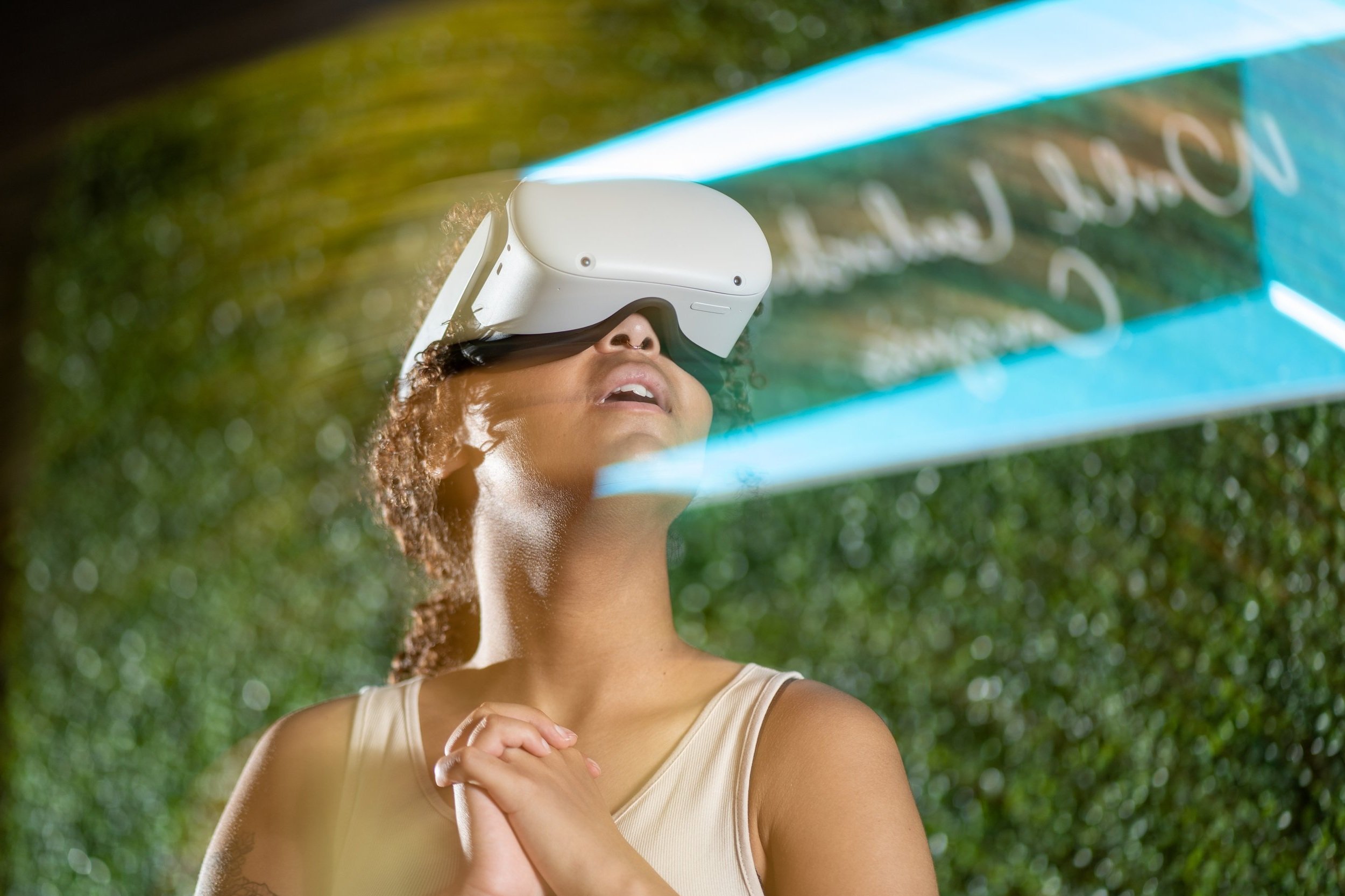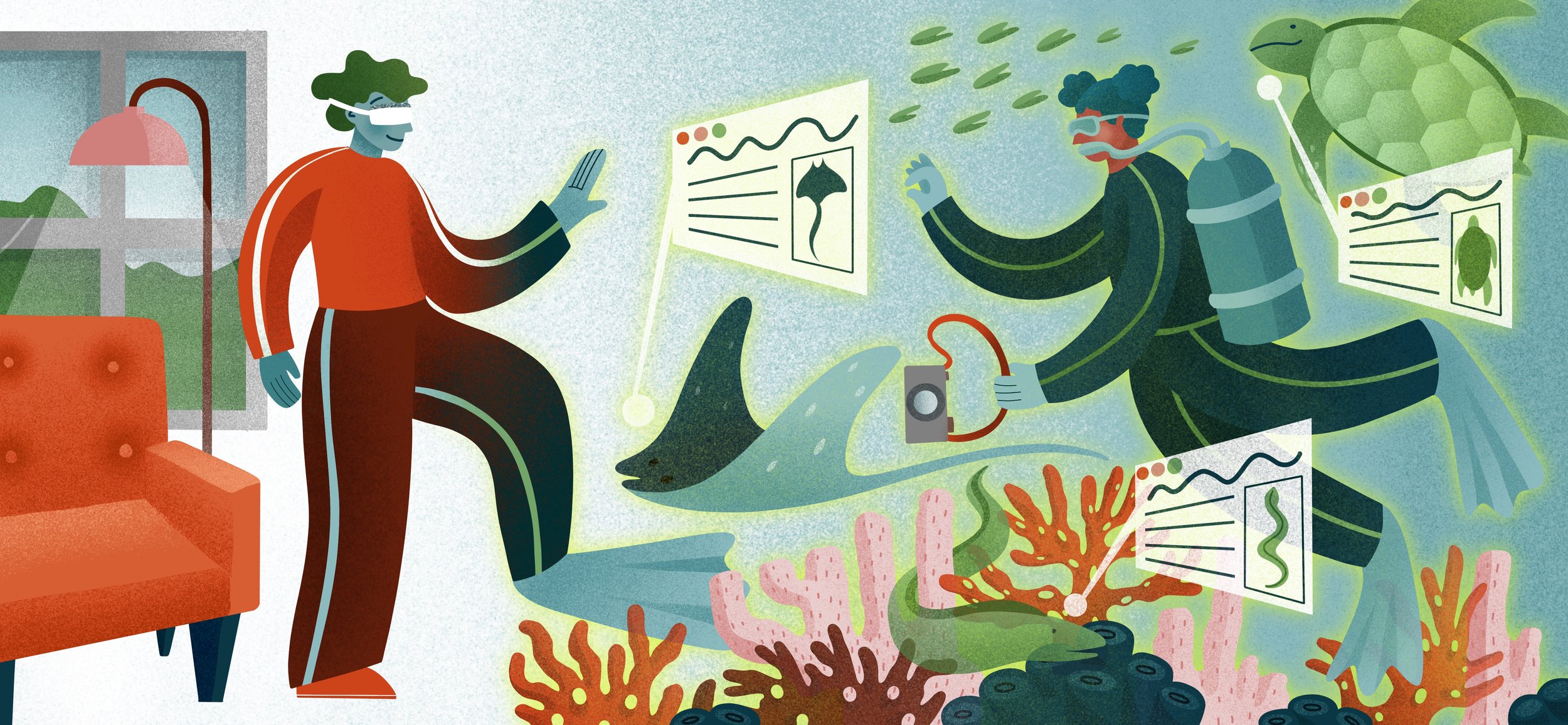What is the Metaverse?
The Metaverse is gaining more traction with each passing day; its potential seems limitless, especially when it comes to enhancing learning experiences. (That’s right, it’s not just for Roblox and Fortnite fans!) But what exactly is it, why is it important, and how can you use it to your advantage? Skip the Reddit threads and keep reading as we break down some Metaverse basics below.
The TLDR on the Metaverse
At its core, the Metaverse is the next iteration of the internet; a more immersive one where the real world and virtual world are blended together. While it is not yet a fully realized, the building blocks like augmented reality (AR) and virtual reality (VR) are being put in place. And trends like decreasing manufacturing costs and faster computer processing are laying the groundwork for this more seamlessly blended future world.
Defining the Metaverse
What’s in a name? Well, meta is Greek for “beyond”, and verse represents the totality of something. When you put the two together, you get something that alters the human experience, resulting in the use of technology to go beyond our physical reality. Let’s explore the origins of the term Metaverse and how it’s being defined today.
Original Sci-Fi Definition of the Metaverse
The term Metaverse was originally coined by science fiction author Neal Stephenson in his 1992 novel “Snow Crash”; in it, he describes the Metaverse as a virtual world composed of unique environments, each designed with a specific purpose in mind: to entertain, socialize, educate, and more. Using head-mounted displays (HMDs), smartphones, and other media technology, people could enter these shared spaces and engage with one another regardless of their location.
If you skip ahead to the present day, many of Stephenson’s forward-thinking ideas are already being realized thanks to advances in computational science and communication technology.
Today’s Definitions of the Metaverse
So what is the Metaverse in our reality today vs. science fiction? In our recently published Introduction to Learning in the Metaverse, we described the Metaverse as “a decentralized network of virtual spaces where users can socialize, learn, and play. Leveraging other emerging technologies (i.e. 5G, blockchain, artificial intelligence), and shifting from 2D graphics on flat screens to 3D graphics in head mounted displays (HMDs), the Metaverse will enable the creation of an interactive and virtual equivalent of our physical world (in terms of people, places, and things) that we will be able to explore through extended reality (XR) platforms.”
Here are how some others are describing it:
Meta: The metaverse will feel like a hybrid of today’s online social experiences, sometimes expanded into three dimensions or projected into the physical world. It will let you share immersive experiences with other people even when you can’t be together — and do things together you couldn’t do in the physical world. It’s the next evolution in a long line of social technologies.
Microsoft: A persistent digital world that is inhabited by digital twins of people, places and things. Think of the metaverse as a new version – or a new vision – of the internet, one where people gather to communicate, collaborate and share with personal virtual presence on any device.
Matthew Ball: The Metaverse is a massively scaled and interoperable network of real-time rendered 3D virtual worlds and environments which can be experienced synchronously and persistently by an effectively unlimited number of users with an individual sense of presence, and with continuity of data, such as identity, history, entitlements, objects, communications, and payments.
The Washington Post: Think of it as an embodied Internet that you’re inside of rather than looking at. This digital realm wouldn’t be limited to devices: Avatars could walk around in cyberspace similar to how people maneuver the physical world, allowing users to interact with people on the other side of the planet as if they’re in the same room.
New York Times: The metaverse is the convergence of two ideas that have been around for many years: virtual reality and a digital second life.
Visualization of the Metaverse
Perhaps instead of trying to understand the precise definition and technicalities of the Metaverse, it might be helpful to consider a use-case of the Metaverse: Imagine you are studying marine biology remotely from home and are learning about coral reefs. After reading about the different types of coral, you put on a virtual reality headset and are transported to a virtual underwater world where you can explore a coral reef and identify the various coral species that you just read about. Your fellow student, who lives in a different country joins and you decide to team up on the learning activity. Once you finish the activity, you take your headset off and are back in the reality of your home feeling inspired and energized to get to the actual ocean on your next vacation opportunity.
Reality of the Metaverse
This may all sound intriguing and exciting (or maybe it sounds more weird and complicated to you), but is it actually here? Or is it coming in the future? Or is it just a fad that won’t amount to anything meaningful?
In this moment, the Metaverse is more of an idea or ideal that people and organizations are building towards. Facebook even went so far as to rename itself Meta, shifting its resources to build for this potential future. While companies and individuals build their own Metaverse-like from mobile-phone based ones like Roblox to virtual reality ones like our own Moonwalk VR experience, there is not yet that behind-the-scenes connective thread that makes it all seamless and work together.
In Conclusion…
The Metaverse is a future internet where the real and virtual worlds are seamlessly blended together through a variety of technological advancements, some of which are here and some of which still need to be developed. For now, have fun with the one-off, Metaverse-like experiences!
Geek Out With Us More
If you’re interested in digging into this topic even more, particularly from an educational perspective, we encourage you to review our evidence-based “Introduction to Learning the Metaverse” where we explore topics like the history of technology and education, when and how to integrate XR into learning, its pros and cons, and more!




